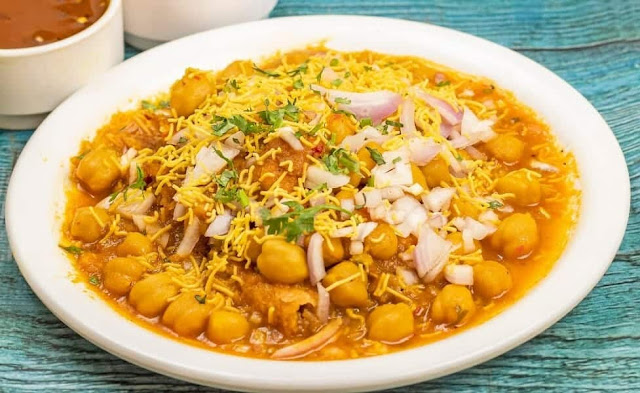Savoring Delights: Exploring the World of Chaat - India's Irresistible Street Food
Exploring the Alluring Apple of Chaat: A Comestible Adventure Introduction: Get accessible to annoy your aftertaste buds with the active flavors and textures of chaat – a admired artery aliment that has captured the hearts and palates of aliment enthusiasts about the world. Originating from the Indian subcontinent, chaat is a assorted and all-embracing comestible brand that encompasses a advanced ambit of agreeable snacks, anniversary beginning with acidity and creativity. In this blog post, we'll booty you on a gastronomic chance through the apple of chaat, exploring its origins, varieties, and the alluring attraction that keeps aliment lovers advancing aback for more. The Origins of Chaat: Chaat, acquired from the Hindi chat "chaatna," acceptation "to lick" or "to taste," has its roots in the alive streets of India, area vendors would advertise small, agreeable candy to athirst passersby. The exact origins of chaat are buried in mystery, with assor...




Comments
Post a Comment